Samsun Museum, covering an area of 15,000 square meters and opened on March 13, houses not only priceless artifacts like the Amisos Treasures from the Hellenistic period but also jewelry and works from various civilizations such as the Hittite, Persian, Roman, Byzantine, Seljuk and Ottoman, alongside natural specimens.
In the museum, fossils of sea lilies, sea urchins and marine snails found in Ladik district, located 76 kilometers (47 miles) away from the sea at an altitude of 950 meters (3,115 feet), are also exhibited.
Archaeologist Uğur Akyüz, who works at the Samsun Museum, told Anadolu Agency (AA) that natural specimens are also displayed in the museum.
Akyüz pointed out that the fossils in the museum belong to the category of natural specimens: “The natural entities mentioned belong to a period before humanity emerged, before the formation of landmasses. In other words, there are fossils known as sea lilies left from the period when there were seas but no lands. Sea lily fossils cover a period of 545 million to 251 million years. The marine creature we call a sea urchin, on the other hand, belongs to a fossil group that is 100 million years old. A third group is the fossil of a marine snail. That also dates back approximately 100 million years.”
Akyüz emphasized that Samsun is a region rich in fossils, stating: “We found the fossils of these marine creatures in Ladik. Just imagine that Ladik today was once the ocean floor. This is a very long process. Over time, as the sea receded, landmasses formed. With the formation of the Black Sea, mountains and hills also emerged.”
Akyüz conveyed that Samsun has been an important city for thousands of years and has hosted dozens of civilizations, saying: “Of course, fossils belong to the pre-human era. They are fossils of marine creatures from a time before humans existed. It’s the era before humans, a time when there were marine and terrestrial creatures. Understanding the past plant and animal life here is crucial for us.'”

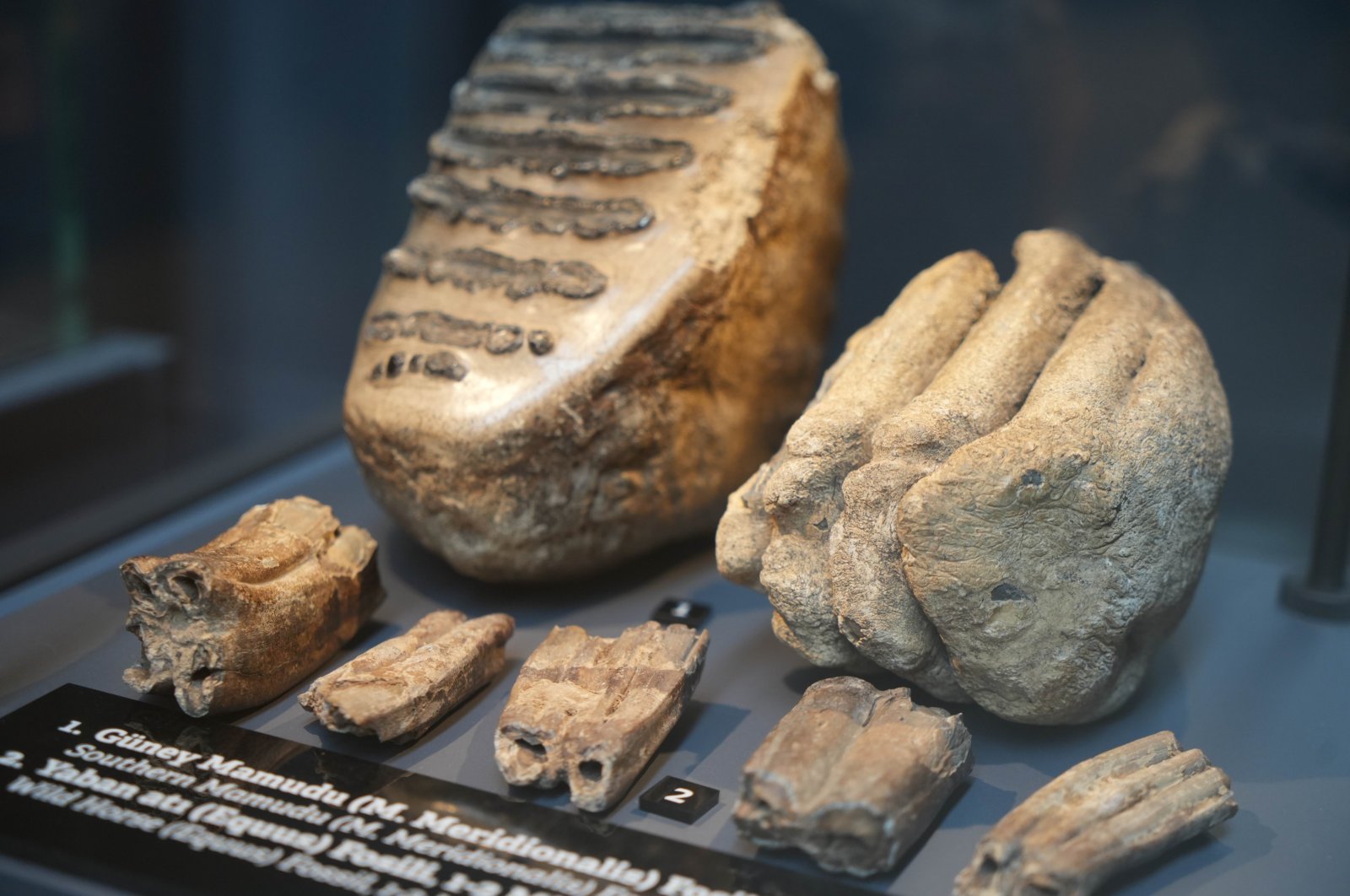
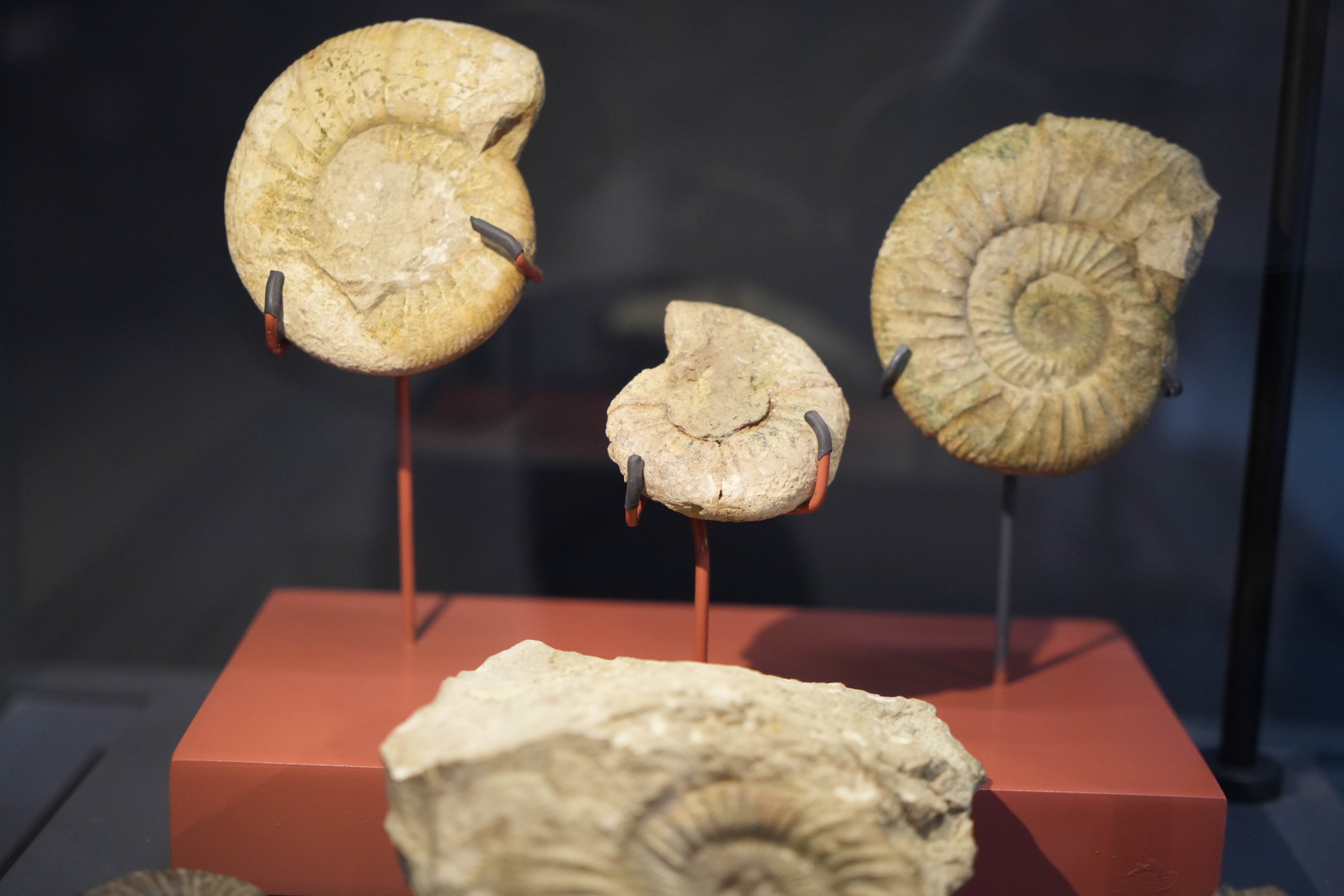




















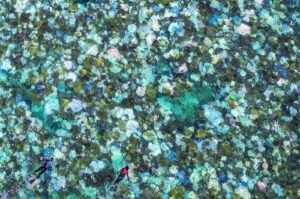





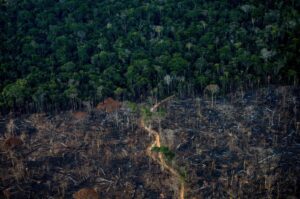
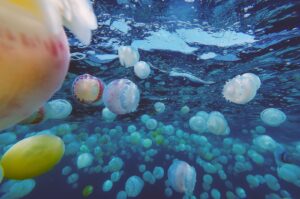
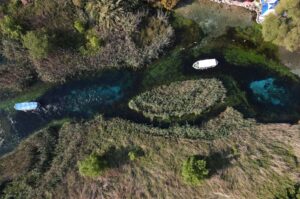





















Be First to Comment